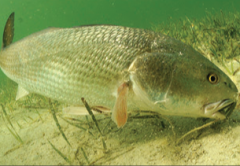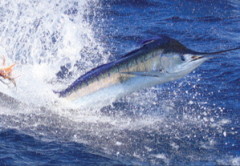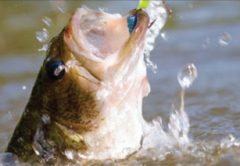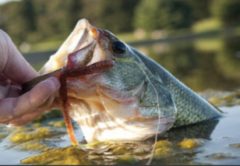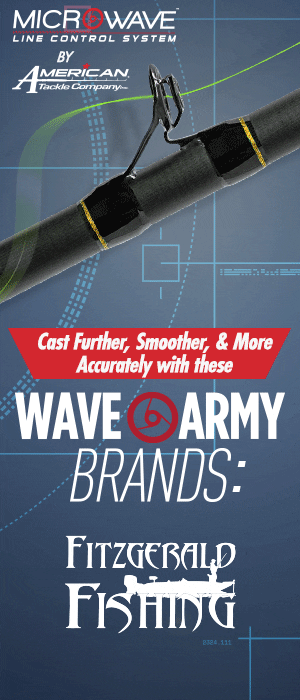Water levels on both the Lagoon and the St Johns River remain high, but as we move into winter these levels should begin to drop quickly. December on the lagoon coast marks a transitional period influenced greatly by changing water temperatures resulting from shorter days and passing cold fronts. The strength and duration of passing fronts are unpredictable, but both these factors determine changes in water temperature, the number of fishable day between fronts, and fishing tactics.
Both redfish and sea trout will remain in the skinny water if the water temperatures stay in the 70-degree range. Fish in protected areas on windy days, sunny spots where the water is warmer, and look for fish to be holding in sand pockets (potholes) until the sun gets over- head.
In the fall the water levels begin to drop and clear up making winter one of the best times to sight fish the shallow flats, but when venturing into the skinny water, re- spect the limits of your boat. These extremely skinny waters hold fish, but it is best to hire a guide who specializes in backwater fishing, and save the wear and tear on your boat and the grass flats if you are not familiar with the area. Also re- member during this transition, both redfish and sea trout switch from feeding on finfish to crab, shrimp and other forge, so watch for tail- ing fish rooting in the shallow grass flats.
December is also the month to start thinking about American shad and speckled perch (crappie). As the water cools, the speckled perch will begin to stage along the deeper edges adjacent to shallow spawn- ing areas. When the moon is full, and the water temperature is right, 52-60 degrees, the specks will move up into the creeks and shallows and spawn. Try fishing small jigs tipped with a live minnow or minnows under a cork for best results. Lastly, look for the American shad to begin showing up around Christmas, with their spawning run lasting through February.




